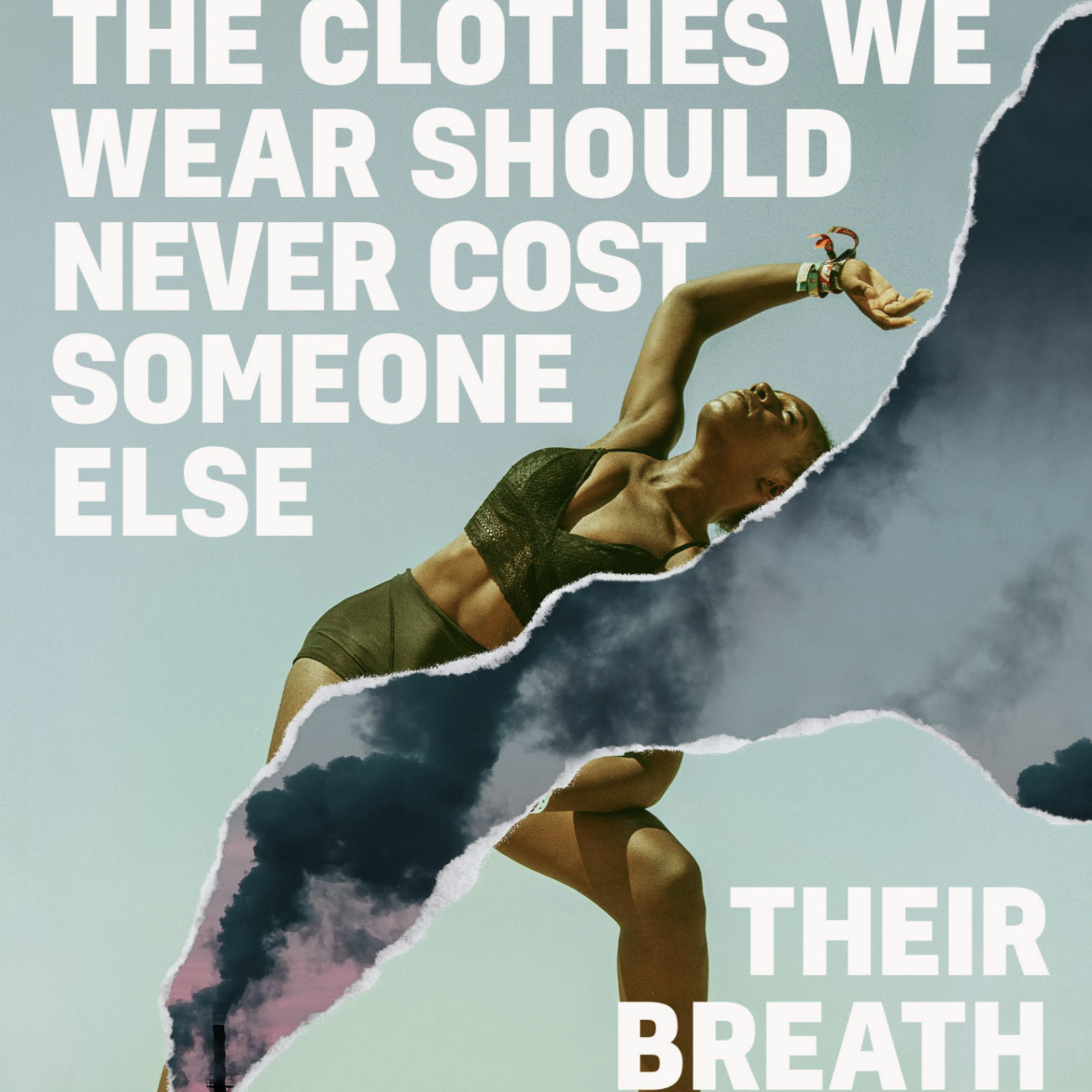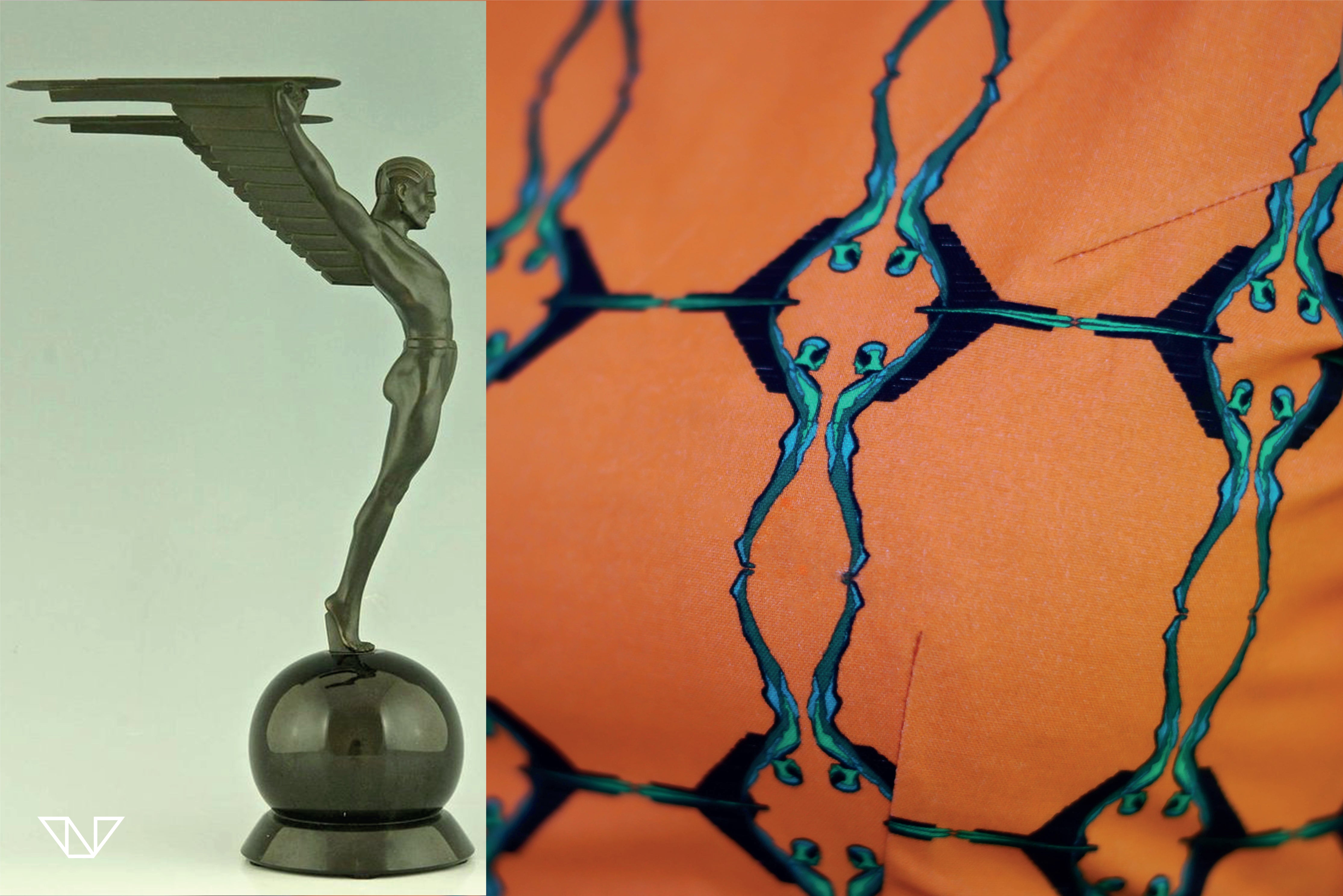Fast Fashion Facts that You Need to Know

100 billion garments were made in 2018

With 3 out of 5 of those garments predicted to end up in landfill within 12 months of being made. A report by the Ellen MacArthur Foundation found that one garbage truck of clothes is burned or dumped into landfill every second. That’s enough to fill one and a half Empire State buildings every day, or enough to fill Sydney Harbour every year. What a depressing thought!
The average shopper buys 60% more clothes every year

But keeps them for half as long as they would have only 15 years ago.Think twice before your next fashion purchase and ask yourself, do I really need this? How many times will I actually wear it? A study in the UK of 2,000 women found that on average, the respondents were only wearing an item 7 times. Thanks to social media pressures and the misplaced idea that you can’t be seen in an outfit twice, some people may even wear an item only once! Such a waste!
The fashion industry uses more energy than the aviation and shipping industry combined
Said to be the world’s second most polluting industry, fashion production has a lot to answer for when it comes to its impact on the environment. According to the United Nations, greenhouse gas from fashion manufacturing makes up 10% of all global emissions.
7,600 litres of water is used to make the average pair of jeans

And the average t-shirt? Around 2,460 litres! In fact, in fashion production, cotton farming has the biggest footprint of all when it comes to water use. You can do your part to reduce this impact by looking out for eco-friendly brands like ours at Vino Supraja and working towards a more sustainable wardrobe.
Textile production involves 3,500 different chemicals
The chemicals are used for different reasons such as dyeing, coating and softening fabrics. Many of them are harmful but even so, they end up in our ocean and waterways, endangering wildlife, the environment and us humans too.
There are estimated to be 40 million garment workers in the world today

On the whole, these workers (which include children) are faced with exploitation linked to low wages, abuse, long working hours, poor working conditions and exposure to health risks. In 2013, the Rana Plaza garment factory in Dhaka, Bangladesh collapsed, killing at least 1,132 people. Despite that tragic incident and many others happening before it, there’s still a lot of change needed to ensure the safety of garment workers. All the more reason to boycott fast fashion.
So how can you help?
These statistics are pretty worrying but it’s not all bad news. Awareness of these issues is constantly improving, with more consumers, brands and retailers getting on board with the concept of slow fashion. You can get involved by sourcing and wearing your clothes more sustainability, and by sharing posts like ours to help spread the word.
Sources:
www.sustainablefashionmatterz.com
https://www.globalfashionagenda.com/
www.ellenmacarthurfoundation.org
https://stephenleahy.net/tag/water-footprint/
Follow us on Facebook and Instagram to stay up to date with the latest in sustainable fashion and ethical fashion from the UAE. We love to hear from you!



